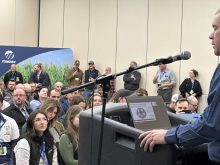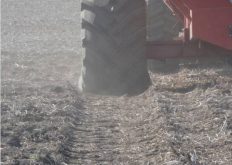Over the course of 30+ years at the University of Saskatchewan I collected about 5,000 35 mm colour slides. Many were taken by me while pounding pavement but I also “inherited” slides from folks who retired or moved. I also have a slide cabinet at home with hundreds of slides from junkets to Tanzania, Swaziland and China.
I am in the process of scanning all of those slides. Every so often I stumble on something really interesting to me. Over the winter I’ll share some illustrated pieces to see if they are interesting to readers as well.
Weather cycles at Willowbunch Lake
Willowbunch Lake is narrow but 30 km long and located 30 km southeast of Assiniboia in south central Saskatchewan. Highway 36 passes just west of the lake near the north end.
The Verwood elevator is just visible on the far side of the lake.

Weather cycles are real. 1987 was the middle of a 30-year cumulative dry period, and as you can see from the photo above, Willowbunch Lake was a salt flat. Nearby Old Wives Lake also dried up and salts were blowing all over the country. In October 1987 we took our field lab to the area and measured the soil salinity levels. Page 193 of Henry’s Handbook of Soils and Water tells that story. Salts have also blown off Willowbunch Lake in the past and affected the soils next to the lake.

Any readers that want to check that out can read: Ballantyne, A.K. 1978. Saline soils in Saskatchewan due to wind deposition. Canadian Journal of Soil Science, Volume 58 pages 107-108.















